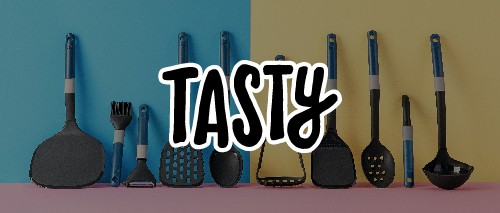
90° Angle Tools
Approx $46.21 USD
Product information:
Type: Square
Measurement accuracy: 99%
.jpg)
.jpg)
90° Angle Tools: Essential Instruments for Precision in Woodworking, Metalworking & DIY Projects
Introduction
Achieving accurate 90-degree angles is fundamental in various trades, including woodworking, metalworking, and general DIY projects. Whether you're framing a structure, assembling furniture, or crafting intricate designs, having the right tools to measure and create perfect right angles is crucial. This guide explores the essential 90° angle tools, their applications, and considerations for selecting the best tool for your needs.
🛠️ Types of 90° Angle Tools
1. Try Square (Joiner's Square)
A try square is a fundamental tool in woodworking, used for marking and checking 90° angles on pieces of wood. It consists of a metal blade fixed at a right angle to a wooden or metal stock. This tool is ideal for ensuring the accuracy of edges and faces, making it essential for tasks like framing and joinery.
2. Combination Square
A combination square is a versatile tool that combines a ruler with a 90° and 45° angle head. It can be used for measuring, marking, and checking angles, as well as determining depth and center points. This tool is particularly useful in metalworking and precision woodworking.
3. Framing Square (Carpenter's Square)
A framing square, also known as a carpenter's square, is a large L-shaped tool used in carpentry for marking and measuring right angles. It often includes additional scales for calculating rafter lengths and board feet. Framing squares are essential for tasks like stair layout and roof framing.
4. Speed Square
A speed square is a triangular tool used by carpenters for marking and measuring 90° and 45° angles. It's particularly useful for quick and accurate cuts, making it a favorite among professionals for tasks like roofing and framing.
5. Sliding T-Bevel
A sliding T-bevel, or bevel gauge, is an adjustable tool used to transfer angles. While it can be set to any angle, it's often used in conjunction with other tools to check or replicate 90° angles in complex joinery.
6. 90° Angle Clamps
90° angle clamps are used to hold workpieces at a right angle during assembly or welding. These clamps ensure that the components remain square while the adhesive sets or the weld cools, providing stability and precision.
🧰 Applications of 90° Angle Tools
- Woodworking: Ensuring joints are square for strong, accurate assemblies.
- Metalworking: Achieving precise cuts and welds for structural integrity.
- Construction: Laying out walls, floors, and roofs with accurate right angles.
- DIY Projects: Crafting furniture, shelving units, and decorative items with professional-quality finishes.
🛒 Where to Purchase 90° Angle Tools in New Zealand
In New Zealand, several retailers offer a variety of 90° angle tools suitable for different applications:
- Bunnings Warehouse: Offers a wide range of framing squares, combination squares, and speed squares
- Mitre 10: Provides various woodworking tools, including try squares and angle clamps.
-
Trade Me: An online marketplace where you can find both new and used tools, including specialized 90° angle tools.
- Temu New Zealand: Offers 90° angle clamps suitable for woodworking and other applications.
🔍 Considerations When Choosing a 90° Angle Tool
-
Material: Choose tools made from durable materials like stainless steel or aluminum for longevity and accuracy.
-
Size: Select a tool size appropriate for your projects; smaller tools are ideal for detailed work, while larger tools are
better for framing and construction.
-
Features: Consider additional features like built-in levels, laser guides, or adjustable blades for enhanced functionality.
-
Budget: High-quality tools may have a higher upfront cost but can offer greater precision and durability over time.
🧠 Tips for Using 90° Angle Tools Effectively
- Check Calibration: Regularly verify that your tool is square to ensure accurate measurements.
- Secure Workpieces: Use clamps to hold materials firmly in place when measuring or cutting.
-
Use Appropriate Blades: Ensure your saw or cutter is suitable for the material you're working with to achieve clean,
accurate cuts.
-
Practice Safety: Always wear appropriate safety gear, such as goggles and hearing protection, when using power tools.
The product may be provided by a different brand of comparable quality.
The actual product may vary slightly from the image shown.
Shop amazing plants at The Node – a top destination for plant lovers


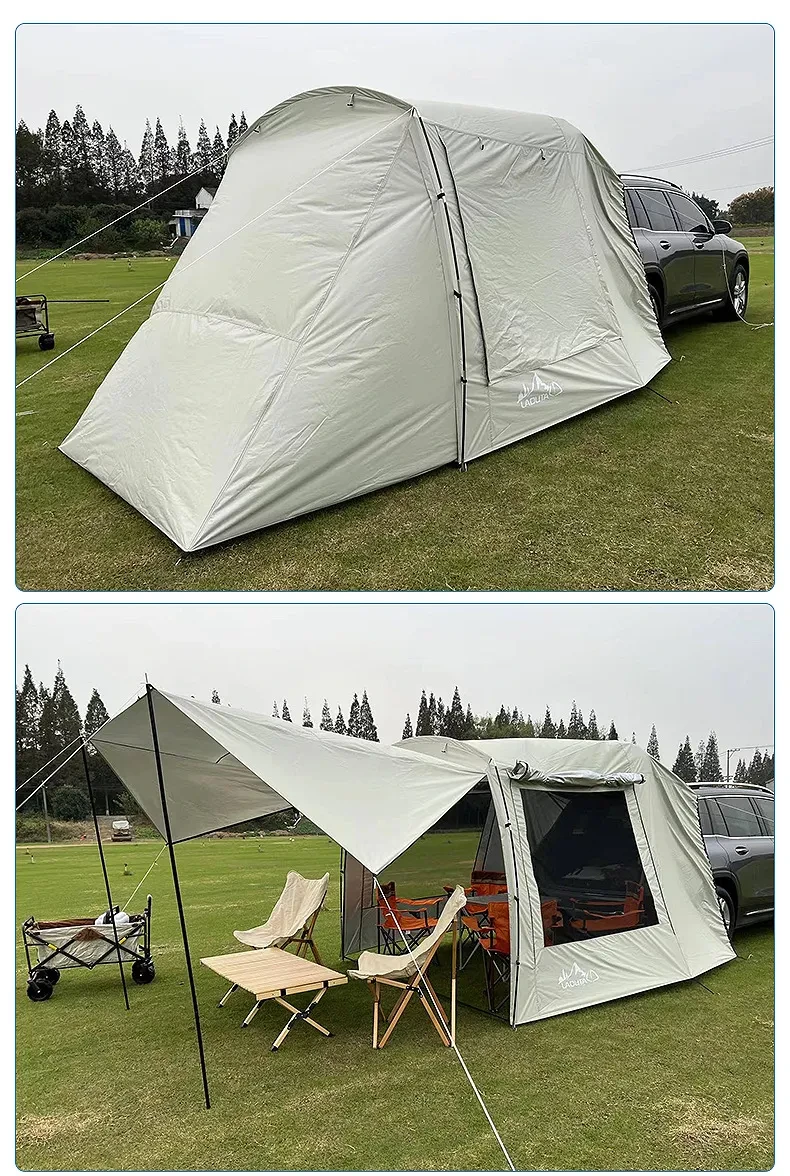

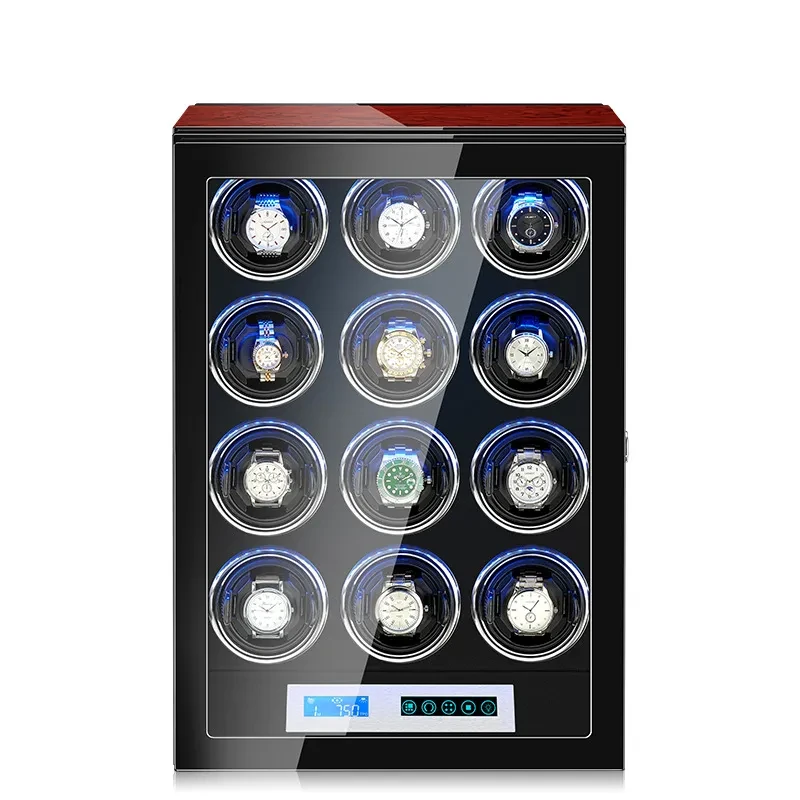
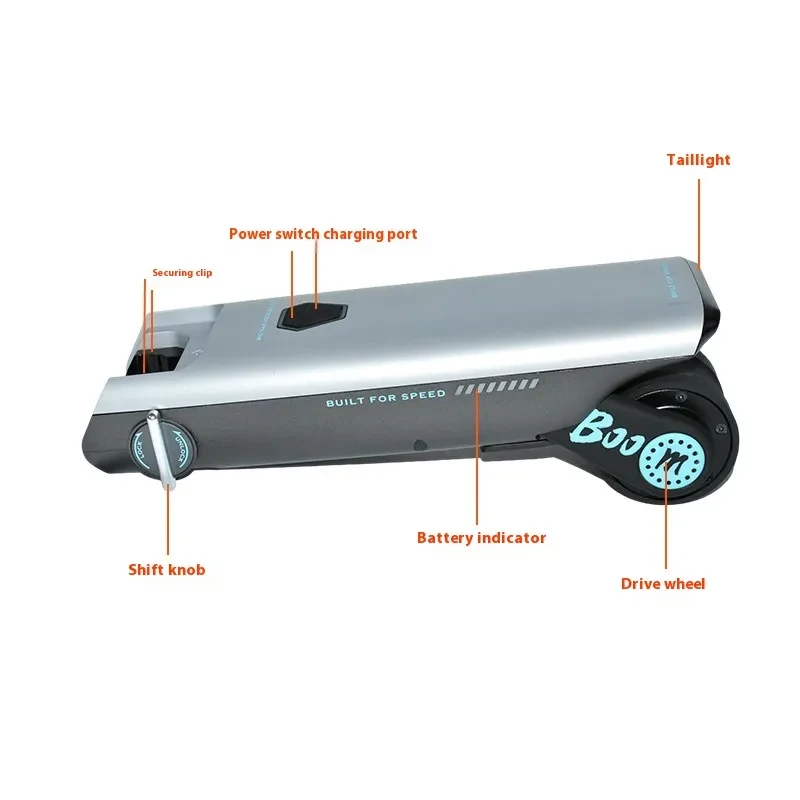
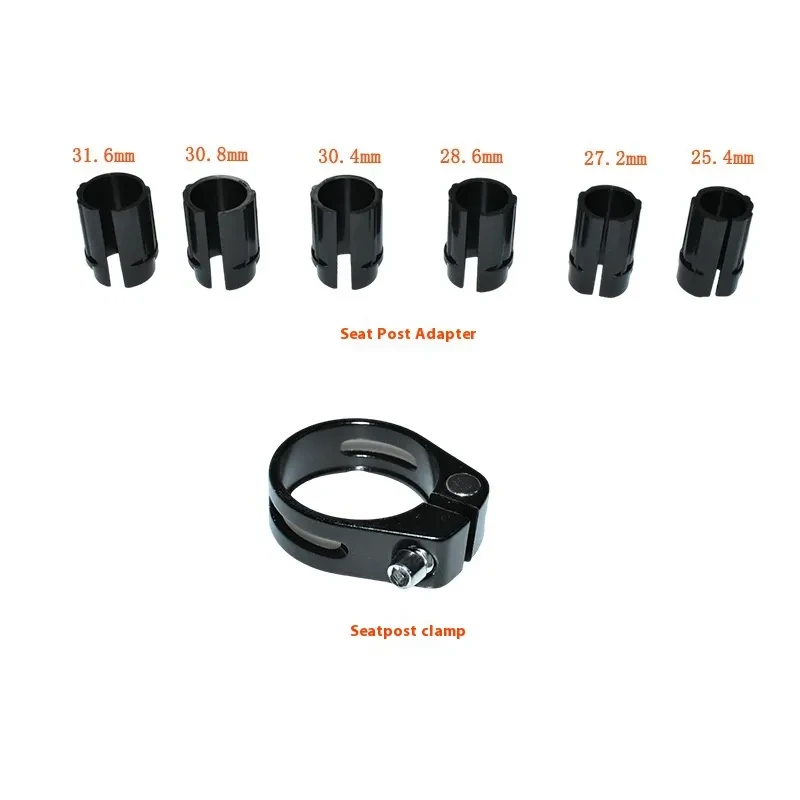
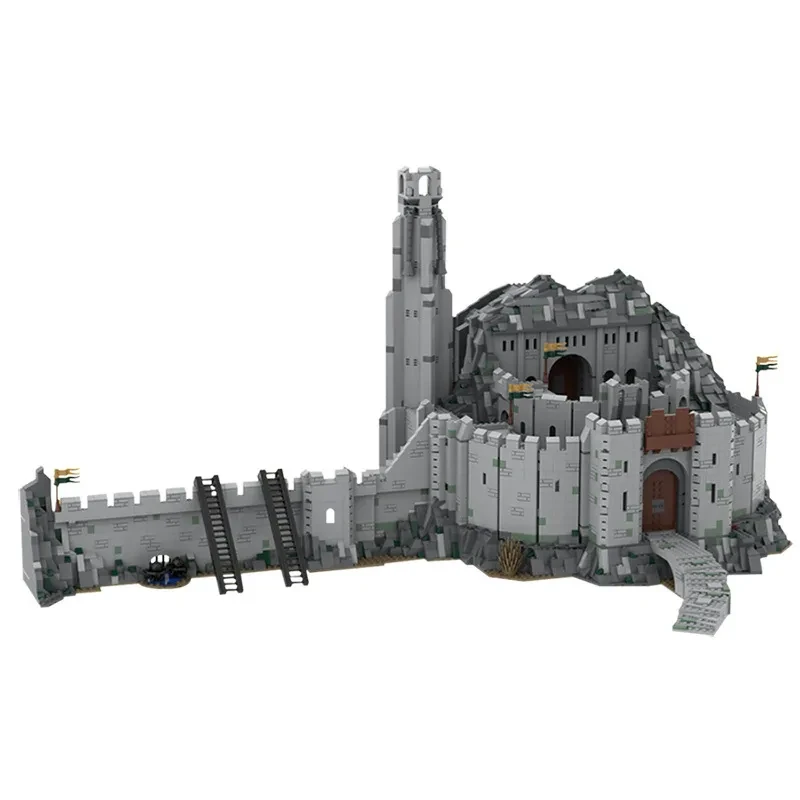


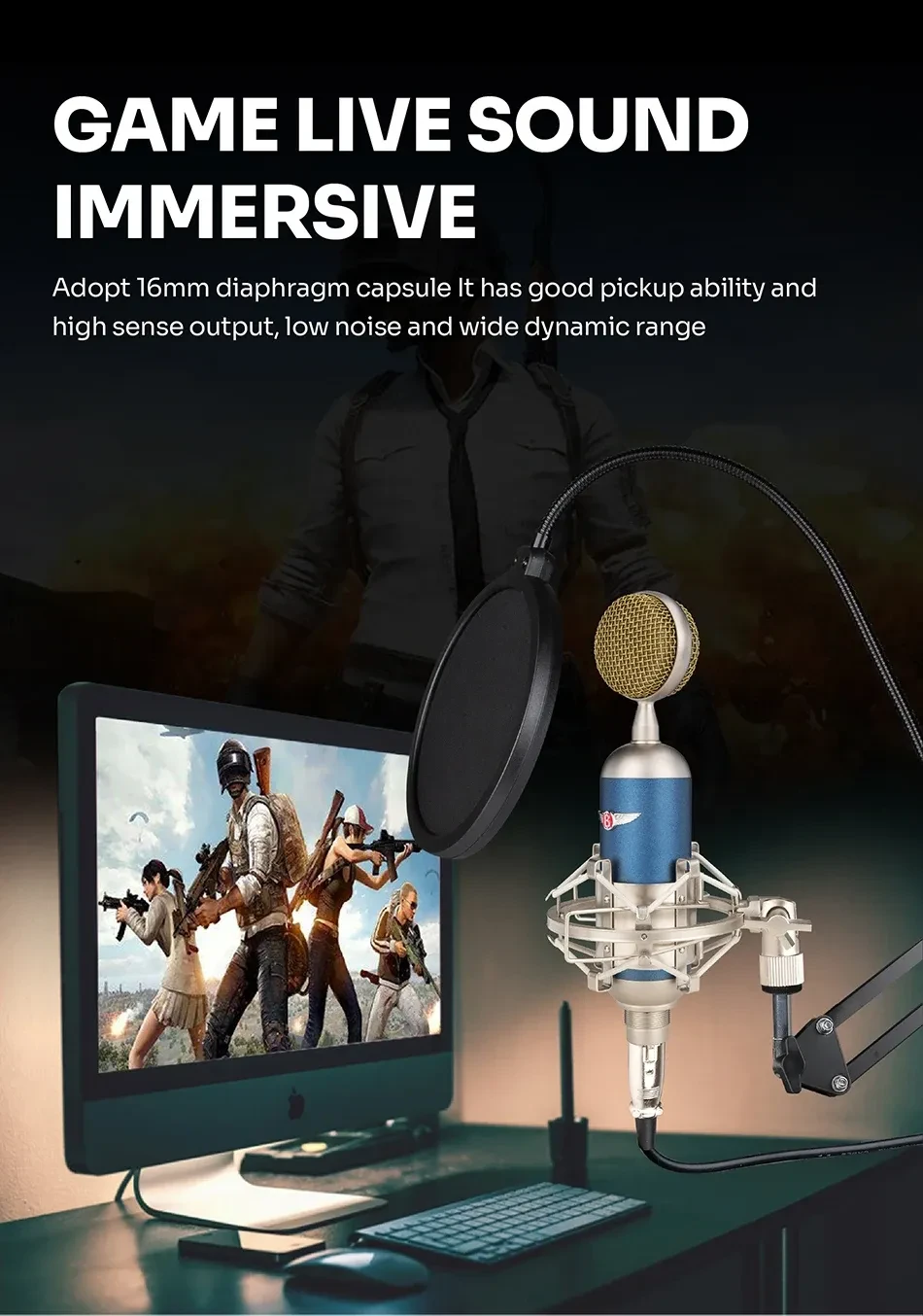
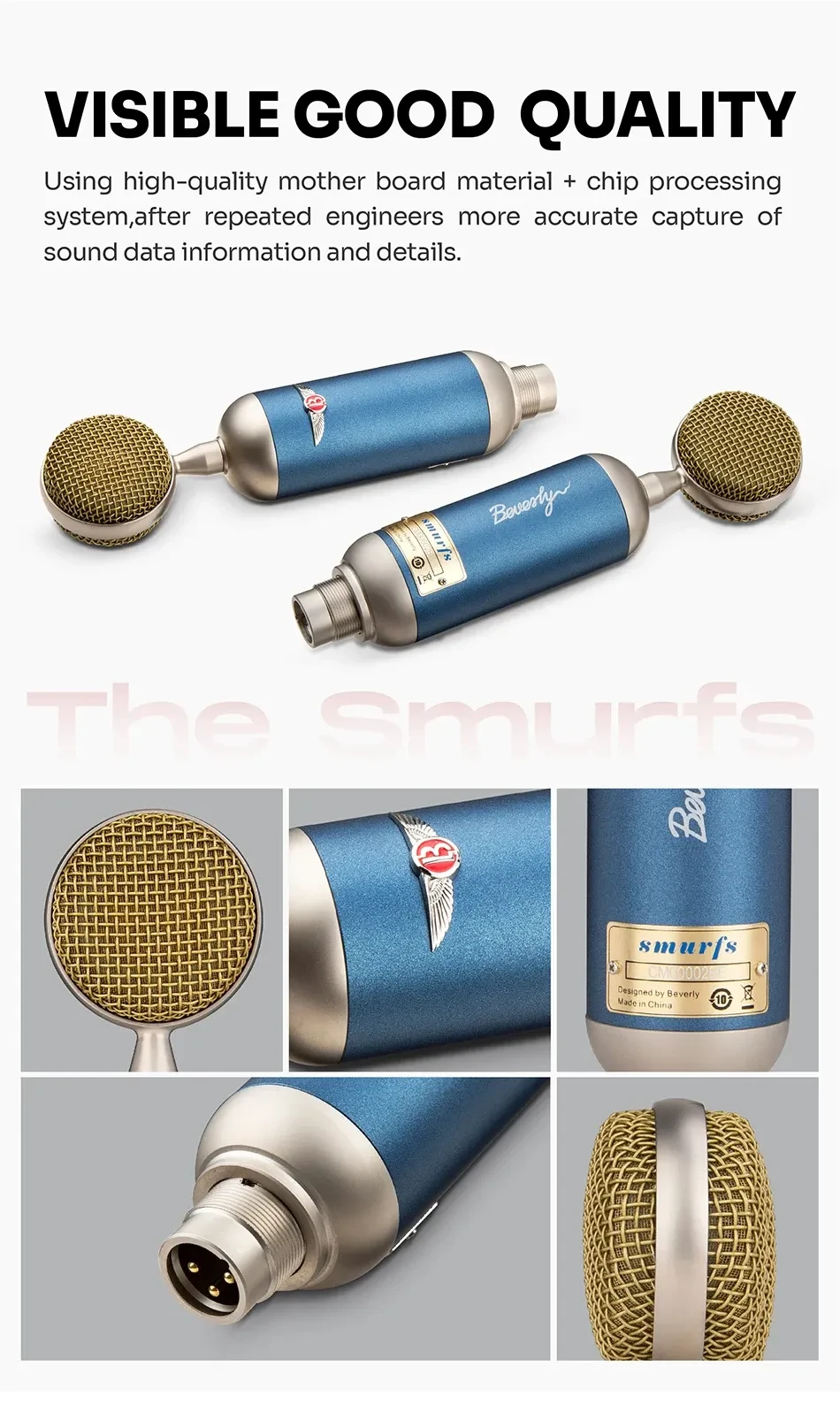
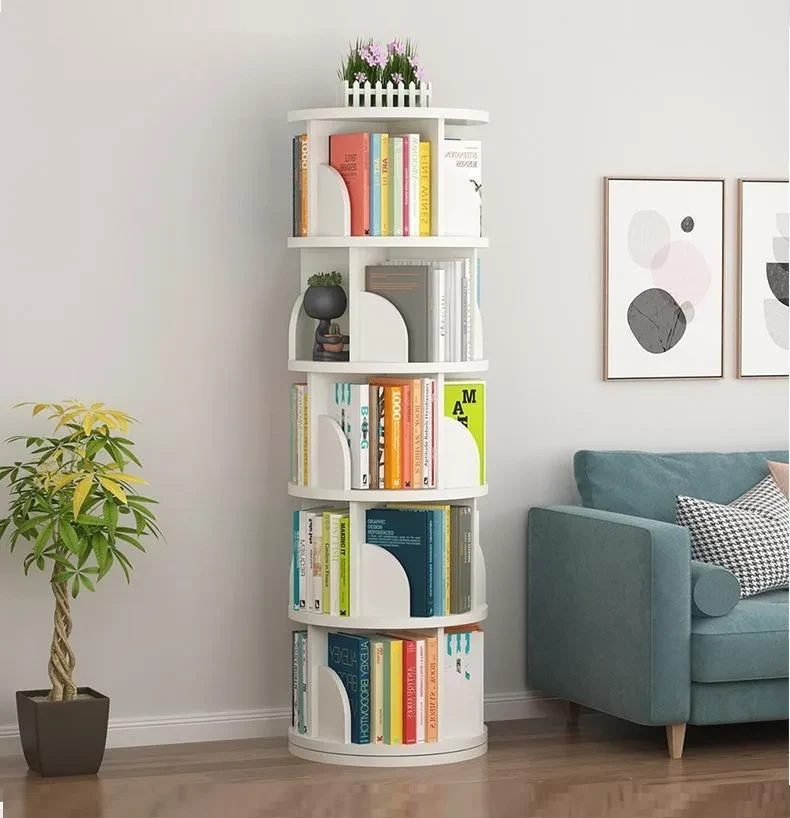
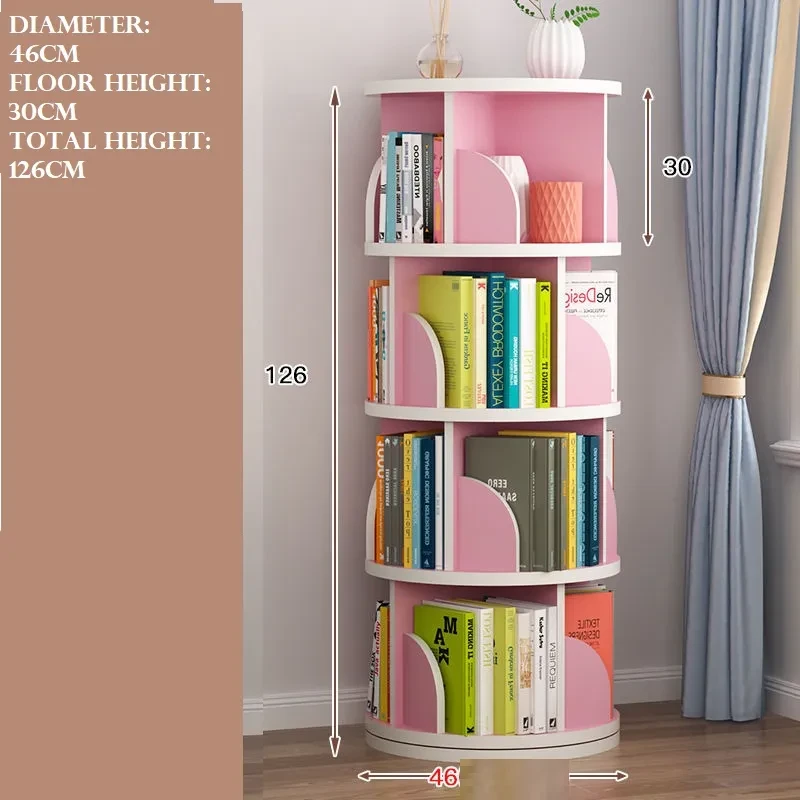


.jpg)









.jpg)





.jpeg)





.jpeg)



.jpeg)








.jpeg)



.jpeg)

.jpeg)

.jpeg)

.jpeg)




.jpeg)
.jpg)

.jpeg)






.jpeg)
.jpeg)




.jpeg)





.jpeg)


.jpeg)

.jpeg)

.jpeg)

.jpeg)







.jpeg)
.jpeg)
.jpeg)





.jpeg)



.jpeg)




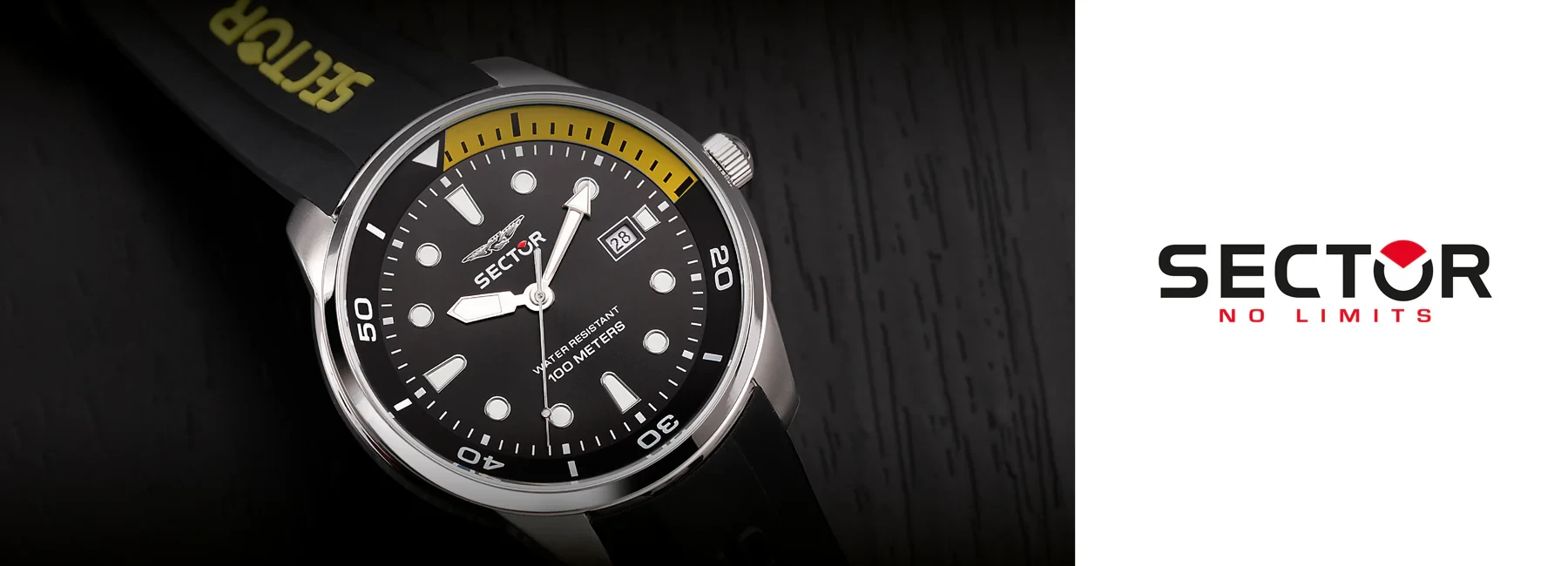

.jpg)
.jpeg)









.jpg)


ulva-Logo.jpg)




.jpeg)



.png)








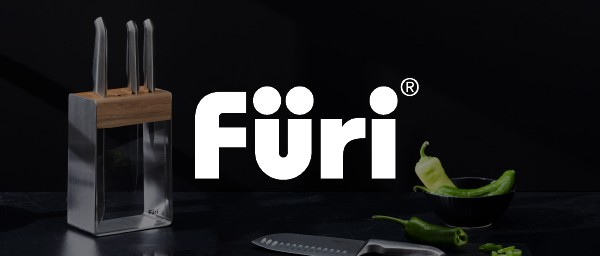





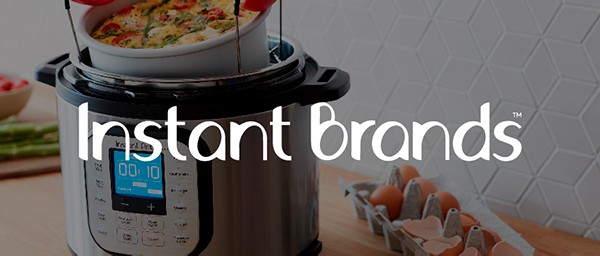
.png)
















